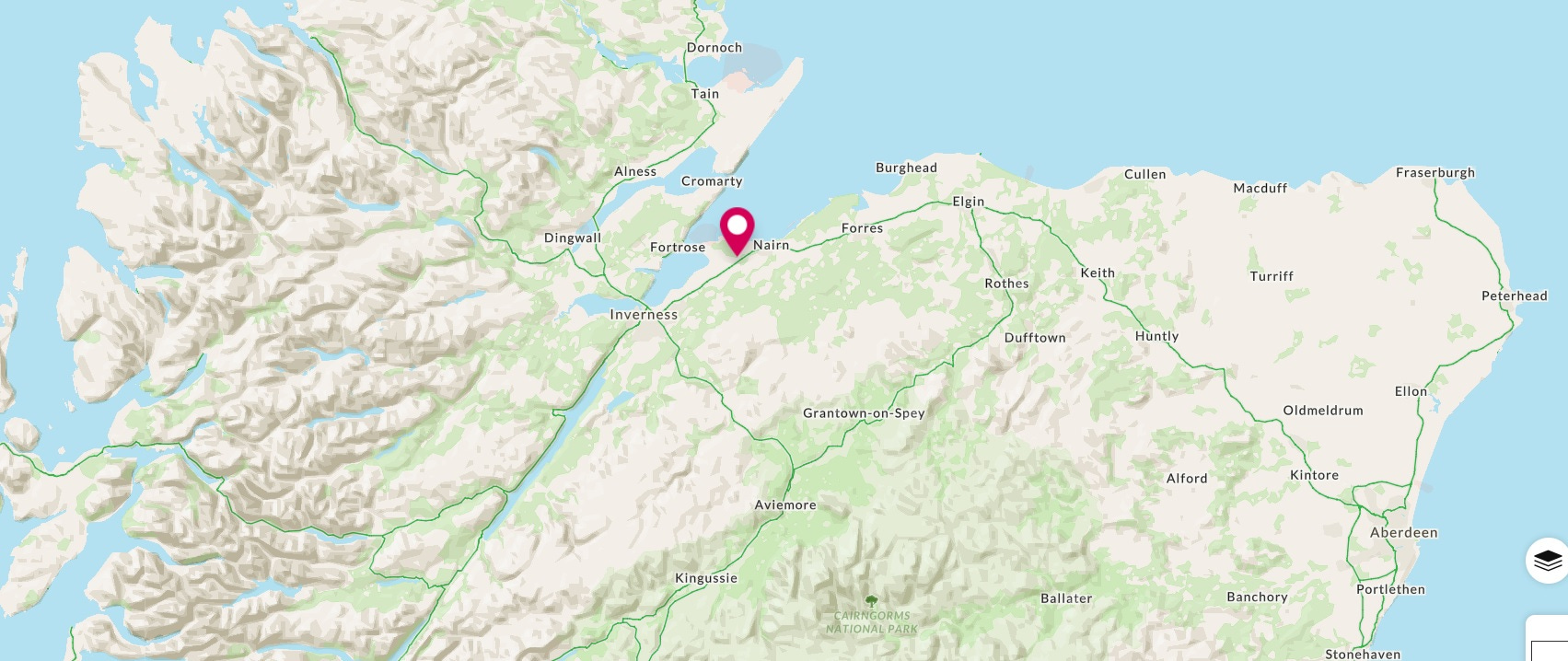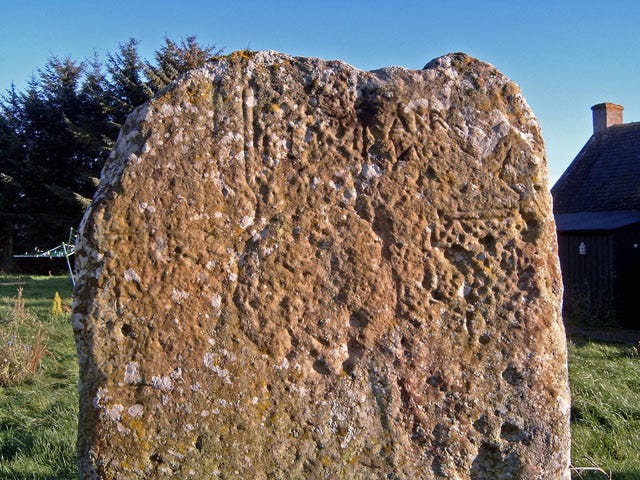by Steven Birch
This article is a repost from the Rosemarkie Caves Website – see original here.

June 2018 saw a strong team from the Rosemarkie Caves Project carry out a third consecutive season of excavation in a group of coastal caves between Rosemarkie and Eathie. The fieldwork took place in two of the Learnie Caves, continuing the excavations to investigate cave function in Learnie 1A and Learnie 1B (Dead Horse Cave). The caves are located in the same headland below Learnie Farm, which also houses Smelter’s Cave (Learnie 2B), where the Rosemarkie Man discovery was made in 2016 (see previous blog posts here and here), along with substantial evidence for early medieval metalworking.

As in previous excavations, some of the best evidence for the use and function of the caves to emerge this year related to the 19th to early 20th century, including the usual leather shoe soles and leather off-cuts, snips of metal, sherds of window glass and worked bone/horn. The excellent preservation found in many of these caves also produced other organic remains including worked wood in Dead Horse Cave. Some of the more recognisable wood elements comprised fragments of roundwood around 6-8mm in diameter, some of which had trimmed ends. Further analysis of these finds is required, but it is possible that some of this material derives from the manufacture of baskets or fish traps. Other artefacts associated with this period of use included ceramics, bottle glass, a metal spoon, knife blades and handles, the remains of a small penknife including a part of the finely decorated bone handle, iron fittings, bone and mother of pearl buttons, several potential stone tools, and the ubiquitous clay pipe fragments. Several objects manufactured from copper alloy were also recovered including studs, pins, three low-denomination coins and fragments from an oil or paraffin lamp. In the upper levels of Learnie 1A, we recovered a large number of old shotgun cartridges, which may have been used to shoot rabbits and birds (the recent analysis of the animal bones from previous year’s excavations by Karen Kennedy has indicated high numbers of rabbit bones in the faunal assemblage from this period).

Composite pipe fragment from Learnie 1B.
Continue reading →
57.591430
-4.114783









